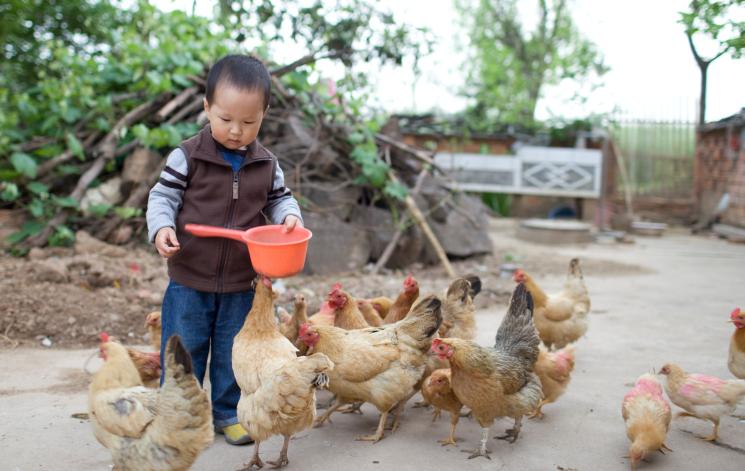China reported just one new H7N9 case today, as the United Nations Food and Agriculture Organization (FAO) said the detection of an imported human case outside of China doesn't pose a threat to poultry populations.
Human H7N9 cases in China have slowed to a trickle over the past week, but the effects of the outbreak continue to reverberate to the poultry sector, with an eye toward the consequences of disease spread beyond China's borders.
The new case is in a 79-year-old man from Guangdong province who is hospitalized in stable condition, according to a provincial health ministry report translated and posted by FluTrackers, an infectious disease news message board.
His illness boosts the number of H7N9 infections in the second wave, which started last October, to 223, compared with 136 during the first wave last spring. It also brings the outbreak's overall total to 359, according to a human case list compiled by FluTrackers.
FAO says no threat to poultry
Meanwhile, the FAO's statement today was prompted by discovery of the first human H7N9 case outside of China, in a Chinese woman who started having symptoms in her home country before traveling to Malaysia, where she is hospitalized.
The FAO said there is no evidence that humans infected with H7N9 can transmit the virus to animals, including birds. Juan Lubroth, DVM, the FAO's chief veterinary officer, said in the statement, "This case does not come as a surprise and should not be a cause for increased concern, but should remind the world to remain vigilant."
"Humans that become ill with influenza A (H7N9) constitute no threat to poultry populations," he said, adding that evidence of H7N9 transmission from people has not been found for any species, including birds.
The highest risk of virus introduction is from uncontrolled poultry trade between affected and unaffected areas, Lubroth said. He also noted that people become infected after close contact with infected poultry, mainly in live bird markets or when slaughtering birds at home.
Lubroth said imported cases like the one found in Malaysia have been seen in previously unaffected areas of China, such as Guizhou province, Taiwan, and Hong Kong, and further such instances are likely, but so far the virus hasn't been found in poultry populations outside of China.
The FAO urged countries to adjust their surveillance programs to include the new virus and to target those efforts to critical entry points where direct or indirect live poultry trade with infected areas might occur. It also advised countries to take steps to curb human exposure to zoonotic pathogens, such as introducing or reinforcing biosecurity measures at live bird markets.
No H7 in Hong Kong poultry
In other developments, animal health officials in Hong Kong said today that stepped-up surveillance of local chicken farms has found no H7 viruses, according to a report to the World Organization for Animal Health (OIE).
In late January officials detected the virus in a shipment of live chickens that were imported from a registered poultry farm near the Guangdong province city of Foshan, which prompted the temporary closure of an agricultural market and the culling of birds at the site. In response to the finding, Hong Kong also said it would test local birds to ensure that they are free of H7 viruses.
Yesterday Hong Kong announced that the market has reopened, but it kept in place a suspension of live poultry imports.
See also:
Feb 19 FluTrackers thread
FluTrackers human H7N9 case count
Feb 19 FAO statement
Feb 19 OIE report





















